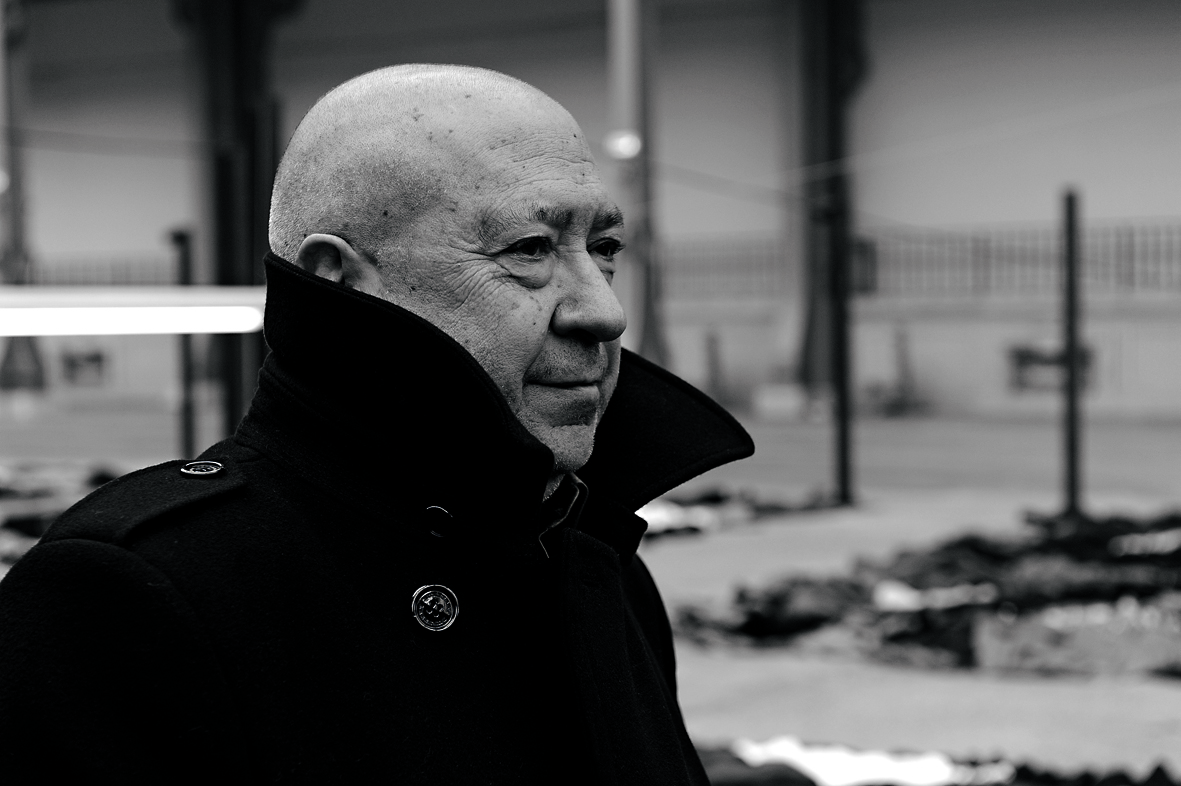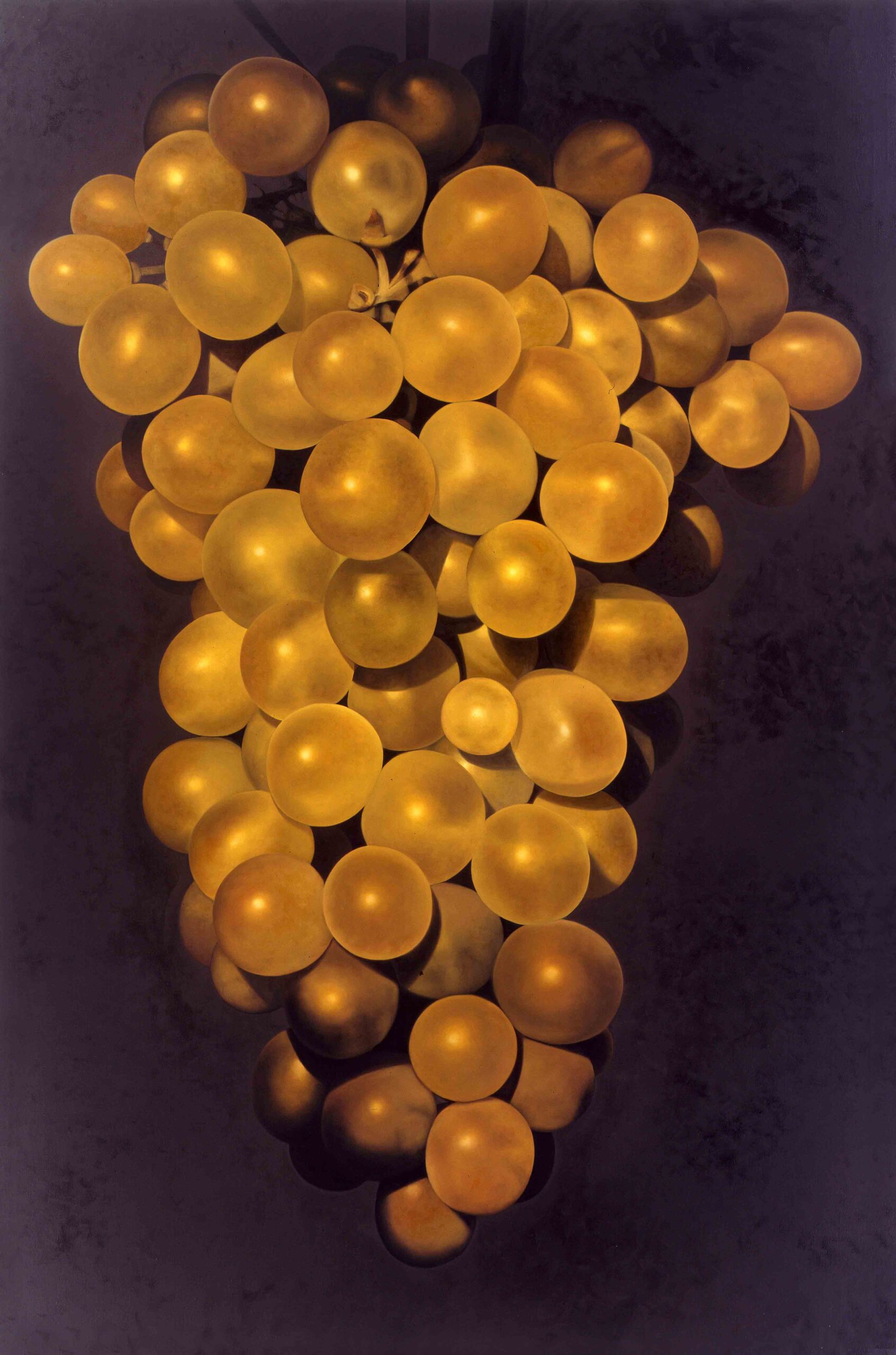To Cut Your Own Flesh
An interview with Johan Creten
Rajesh Punj
In a gallery setting far from entirely existing as artworks, these objects pose from their plinths, as though individuals shaped as much by their bodily beauty as they are possessed by Creten’s politics. Entering into his Sunrise/ Sunset enclave, Johan Creten’s audience are invited to sit at a coloured observation point, Observation point no 47 2017, Observation point no 41 2017 among them, to feel the brightly coloured stoneware beneath them, whilst looking at the works around them for longer than the time it takes to walk into and out of a space. Suggesting, “The hope is that you are anchoring your audience, to look, turn around while they sit and see the works in a different way. And I think today one of the greatest luxuries is time, and one of the most difficult things is how to look at things, how to clam down enough to look at things.” Arresting their interest whilst altering their vantage point, Creten wills his audience to want to engage with the manipulated materials placed on the floor and walls of the gallery. To which the artist has added transparent curtains, ‘veils’ as he refers to them, as though an attempt to engender the space as something more private. Explaining “these curtains are veils, the word ‘veil’ today is a taboo word, not only in France; it is a taboo world worldwide. Whereas for me the veil is also the secret.” The covering of oneself, and the partial concealing of a public space, is as much about deciding and denying exposure, as it is of body politics. Which is further explored in the artist’s appreciation of colour, as not only does it come to illuminate the pigment and palette of his works, but also determines his own deliberate way of dressing.
Rising from his observation point, Creten claims, “Colour is dangerous, today there is a lot of colour on instagram, and so many artworks are produced with the intention of them becoming images, because colour and images have become a kind of currency. But with clothing everything is black, and that scares me a little, in the sense that when I first came to an opening at (Galerie) Perrotin, everyone was wearing colour, and now we are in a world where all the girls wear black. Because black negates itself from the world, and when I wear colour I take a position, and I put myself outside the norm.”
Applauded for his seizure of ceramics, making it (as much as American Sterling
Read More>> Please Subscribe our Physical Magazine


